
Good start
One of the driving forces helping the rural economy to change positively is the implementation of Program No. 04-CTr/TU dated March 17, 2021 of the Hanoi Party Committee on "Promoting the effective implementation of the National Target Program on new rural construction associated with restructuring the agricultural sector and developing the rural economy, improving the material and spiritual life of farmers in the period 2021-2025". Director of the Department of Agriculture and
Hanoi Environment Nguyen Xuan Dai affirmed that Program No. 04-CTr/TU has created momentum for all rural areas of the city. Specifically, the total production value of Hanoi's agriculture, forestry and fishery sector in 2024 reached 42,721 billion VND, an increase of 2.51% compared to 2023. It is expected that in the first 6 months of 2025, Hanoi's agriculture and environment sector will grow by 1.98% or more.
Regarding this issue, Chairman of Thanh Oai District People's Committee Bui Van Sang said that the biggest shift in the rural economy in recent years is the development of new-style cooperatives and high-tech agricultural models. For example, Thanh Oai currently has 13 high-tech agricultural models, 3 closed-chain models and nearly 20 new-style agricultural cooperatives. These forces help the district's rural economy transform strongly, meeting the current economic development requirements of the capital.
In fact, the rural economy encompasses many areas, but the focus is still on cooperatives and craft villages. Vice Chairman of the Hanoi People's Committee Nguyen Manh Quyen once emphasized: These are the two main resources for the rural economy to innovate and meet development trends. By the end of 2024, all 382 communes of Hanoi had cooperatives operating in accordance with the provisions of the 2012 Law on Cooperatives. Cooperatives basically met the production service requirements of member households. Many cooperatives have created competitiveness with other economic sectors, focusing on the function of providing services to member households and people, doing a good job of directing agricultural production, ensuring the season. In particular, cooperatives focus on upgrading infrastructure serving production, investing in equipment, machinery and tools to provide production services, building advanced barn systems to improve productivity and quality...
Regarding craft villages, the city has 1,350 craft villages, traditional occupations and villages with occupations, of which 337 craft villages, traditional occupations and traditional craft villages have been recognized in 25 districts, towns and cities. Currently, 100% of craft villages and traditional craft villages in the city have had their conservation and development plans approved by the People's Committees of the districts; and have been promoted and disseminated to raise awareness and understanding of the importance of craft villages for local economic development.
Focus with focus
To promote the rural economy, experts say that Hanoi focuses on transforming the agricultural structure, focusing on craft village economy, agricultural cooperatives... The city continues to promote the application of science, technology, innovation associated with digital transformation in agriculture and rural areas; improve the quality of vocational training for farmers, training according to the needs of businesses and markets associated with local economic models.
According to Deputy Minister of Agriculture and Environment Phung Duc Tien, Hanoi has many advantages for development, however, the rural economy needs its own policies, especially agriculture. Accordingly, the city needs to attract investment resources to modernize agricultural infrastructure; at the same time, innovate methods and content, and improve the effectiveness of communicating agricultural and rural development policies. With resources from craft villages, Hanoi needs to link with the One Commune One Product (OCOP) Program, thereby promoting stronger development of craft villages; at the same time, develop craft village industrial clusters, build a green craft village economy...
On the Hanoi side, Vice Chairman of the City People's Committee Nguyen Manh Quyen shared that, with the orientation of green urban areas, the countryside and rural economy must also develop green and clean. Therefore, in the coming time, Hanoi's rural economy will develop more agricultural and rural tourism, thereby increasing community connectivity, building a green, clean, beautiful countryside, preserving the "soul" of the countryside in the integration trend.
On the other hand, Hanoi needs to form a multi-value integration mindset in the rural economic space. Hanoi's rural areas possess diverse, unique resources, different from many countries in the world and have a lot of room to develop agricultural and rural tourism. To exploit them, the city orients the development of rural tourism, integrating and supplementing in socio-economic development planning and rural planning; building and perfecting the system of standards, criteria, and technical norms on rural tourism associated with state management activities on tourism; reviewing and supplementing policies to encourage and attract investment, develop rural tourism and rural economy.
Source: https://hanoimoi.vn/kinh-te-nong-thon-nguon-luc-con-bo-ngo-704239.html










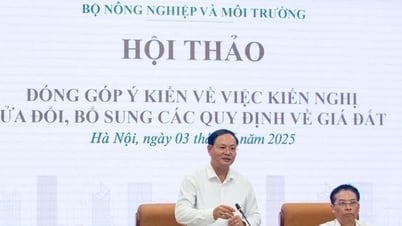
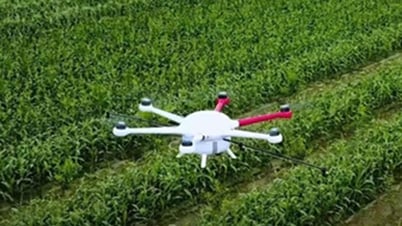



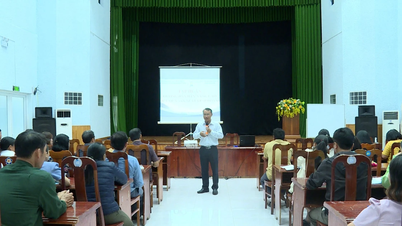

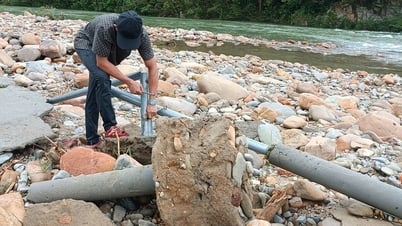





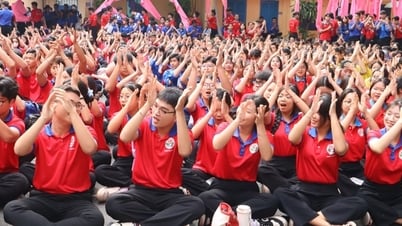
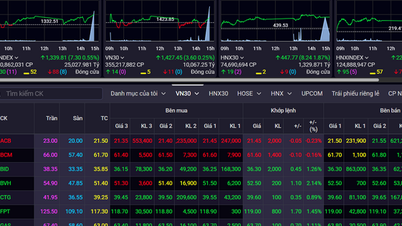
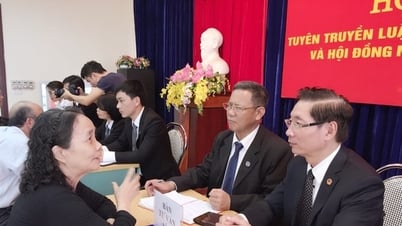

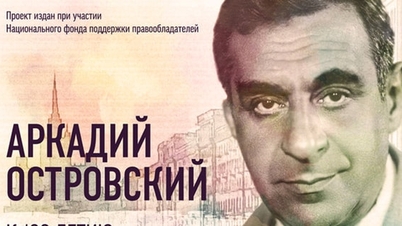
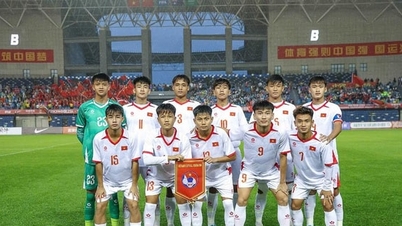


















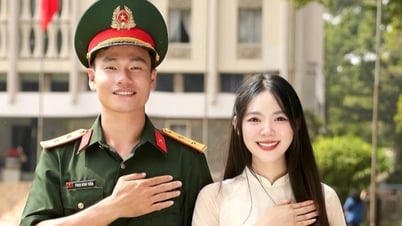
























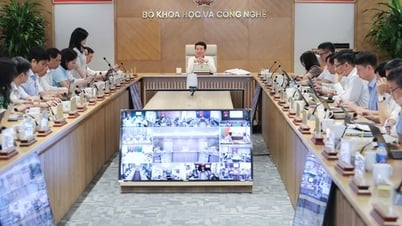
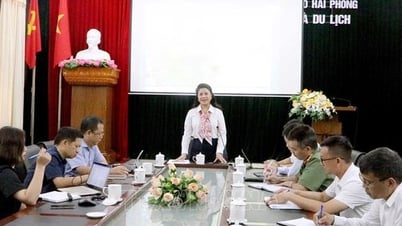
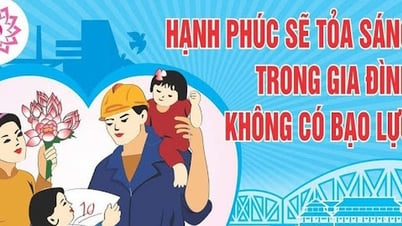
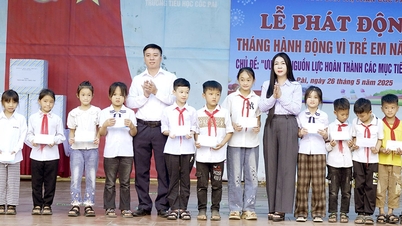

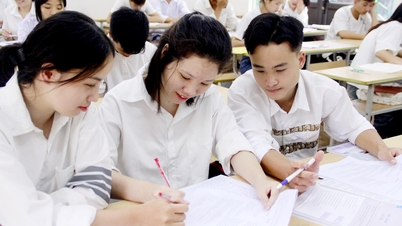
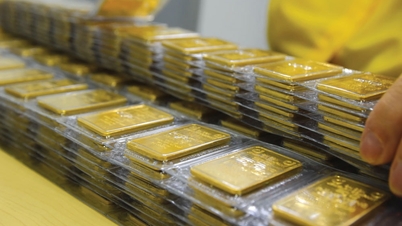













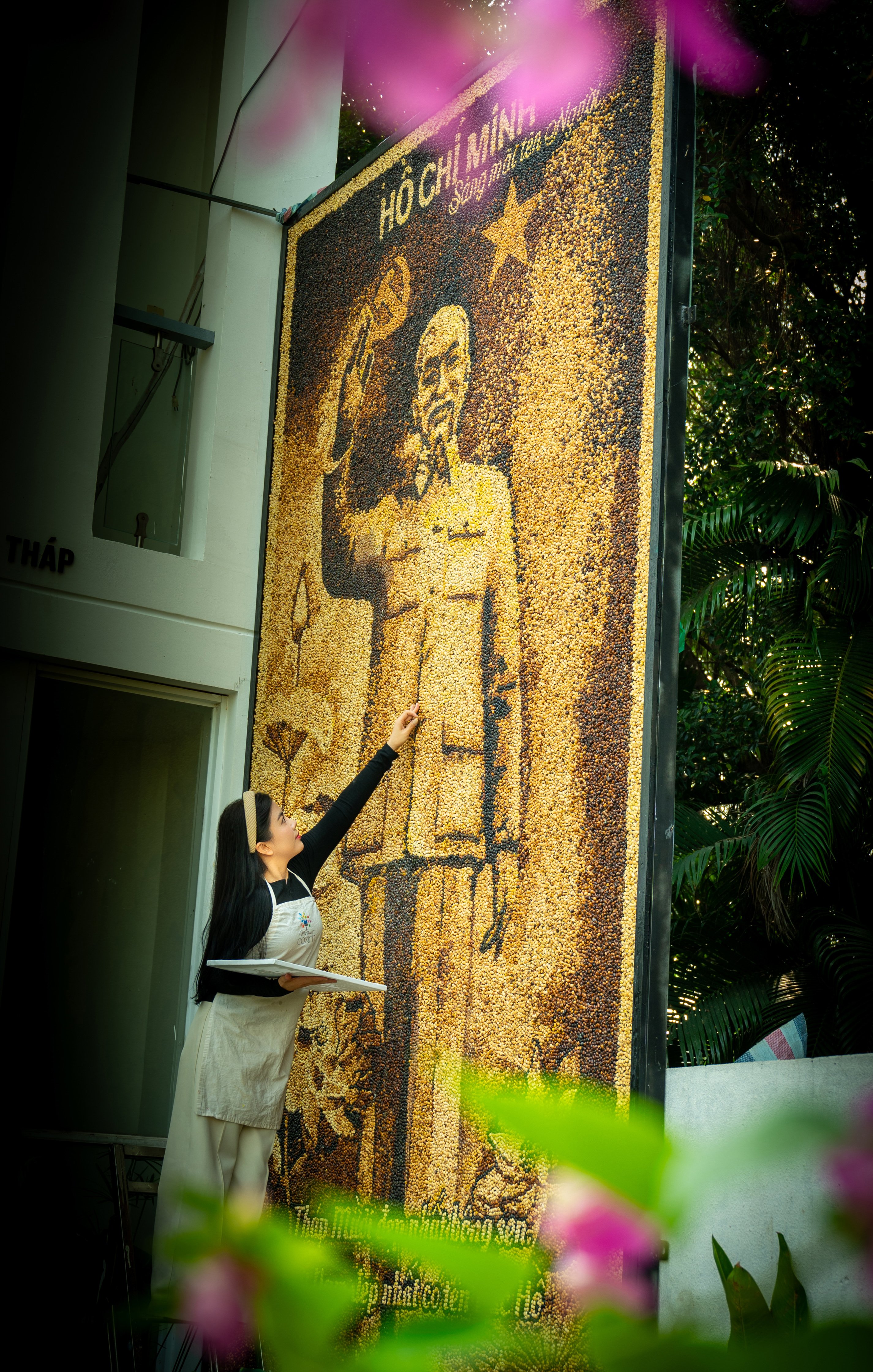
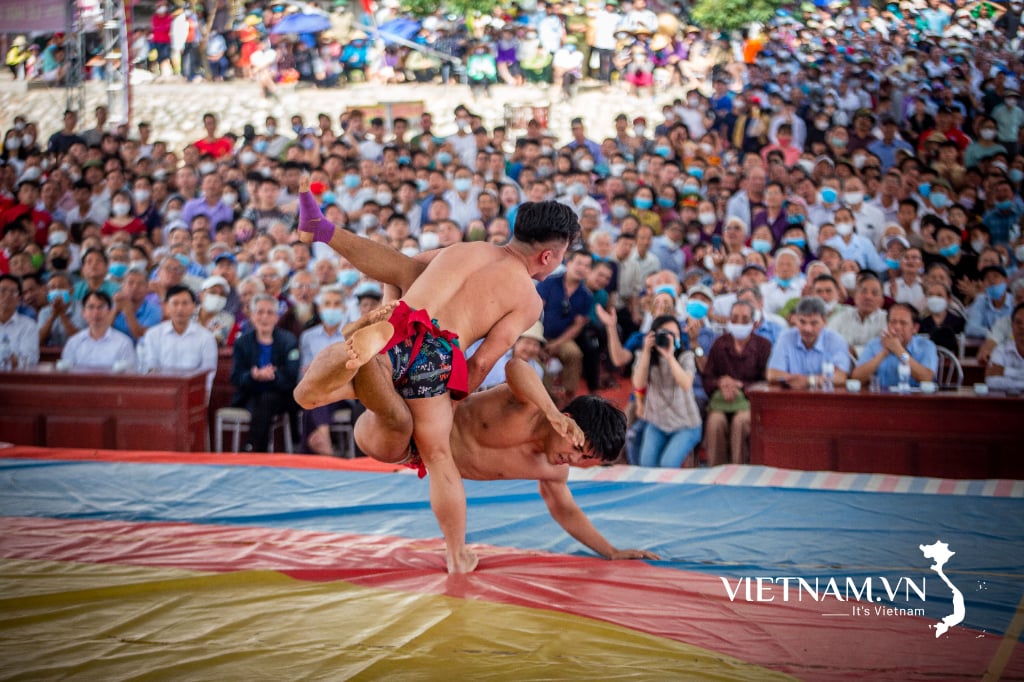
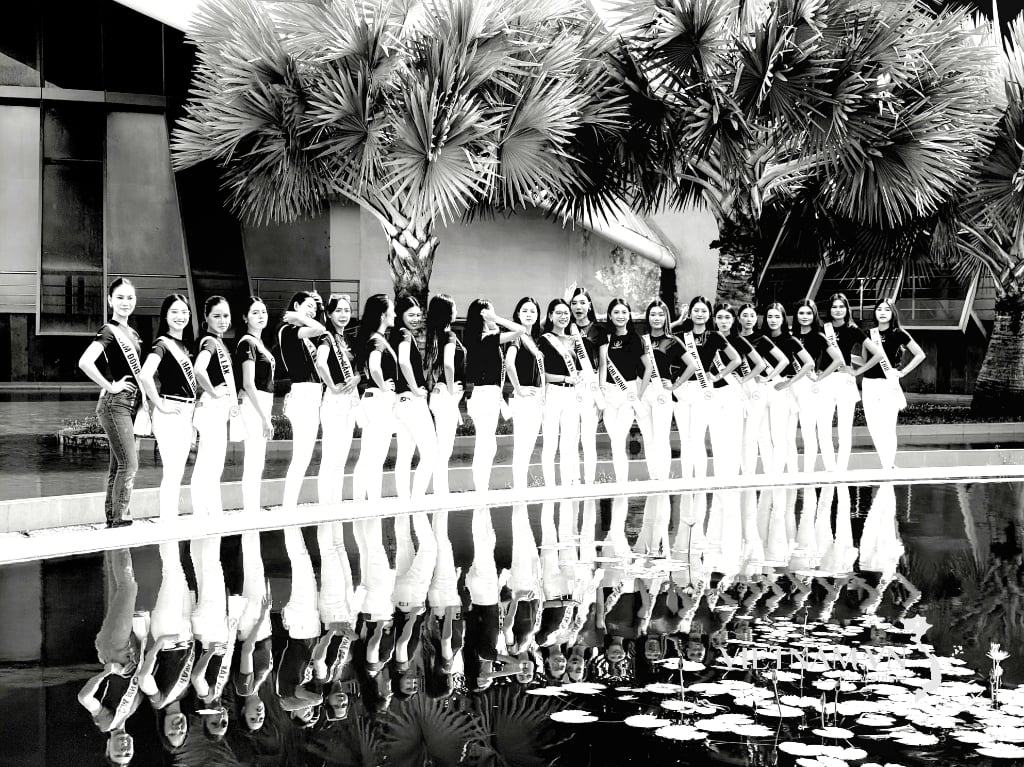
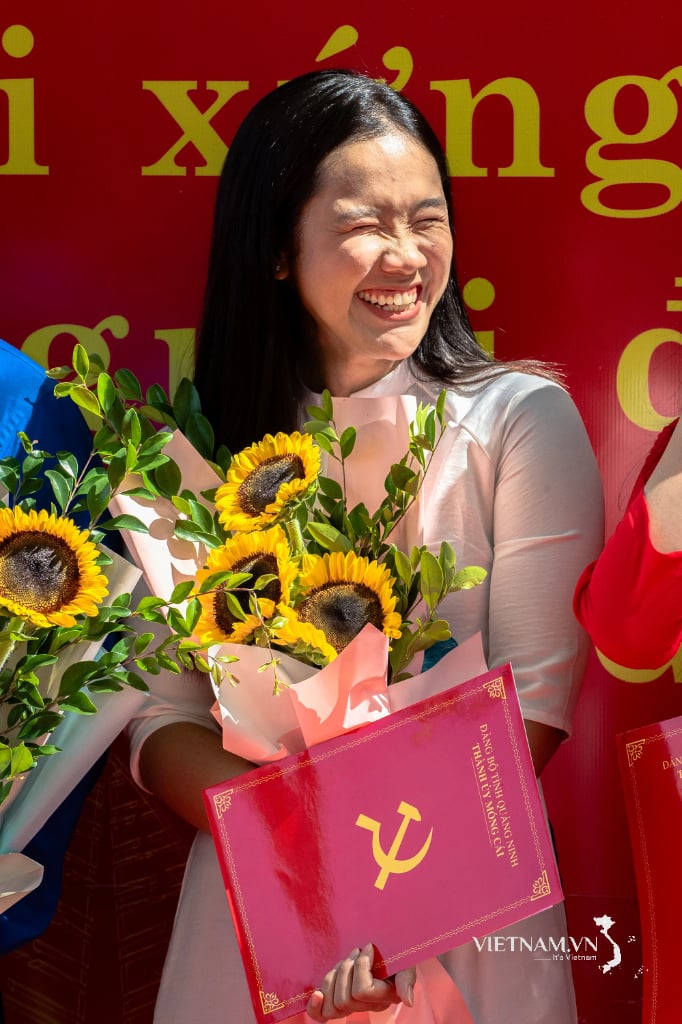
Comment (0)